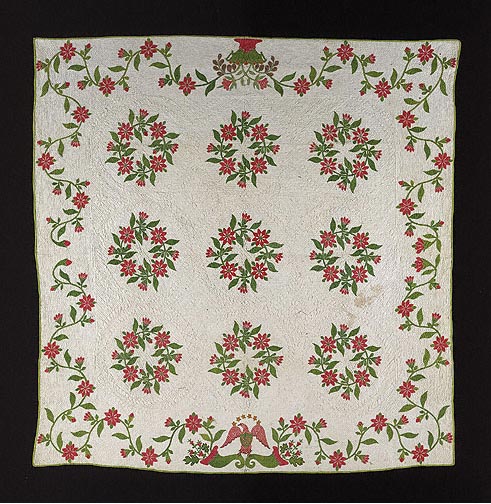William G. Hollins saw Civil War service in the First Nebraska Infantry, resigning his commission on April 26, 1862. In 1870 he served as city marshal of Omaha. A well-known anecdote of Hollins during his days as marshal involved his discovery of one of his patrolmen asleep under s stairway on Twelfth Street in Omaha. The marshal quietly removed the policeman’s star, belt, baton, and hat. The policeman could not explain his missing equipment and was dismissed.
Several years later Hollins participated in the Black Hills gold rush. The Omaha Daily Bee, on January 31, 1876, identified Hollins as “the big man of the Hills” and on February 2, published extracts from a letter Hollins had written to S. H. Rice of Omaha on conditions in the Black Hills:
“November 25th [1875] I left Fort Laramie, in company with nine others, with riding animals and pack animals. We arrived in Flora valley, on the western slope, on the 10th day of December. . . . I am now camped about three miles from the foot of Harney’s Peak. Owing to the cold weather north, we were unable to give a fair prospect to late discoveries. Crazy Horse’s band of Minneconjou Sioux are camped on Powder River. We discovered several bands of warriors from his camp. Fearing they had no lucid moments as long as white men’s hair was a trophy of their prowess, we concluded our numbers would not justify us in remaining in that country and taking the chances. . . .
“The miners on Castle and Spring creeks are taking out gold; the water does not freeze in their sluices. During the day, however, they cannot work to an advantage exceeding six hours a day. I examined a drift in a bar on Spring creek which I consider the only prospect made in the entire hills. The drift was sixty feet deep; they crossed three pay-streaks in the drift, the widest being sixteen feet. The pay is in slate bedrock, and it will average an ounce to the hand per day. When we consider the vast gold deposits of these Hills with a soil and climate peculiarly adapted to the wants of an American, the future wealth, greatness and population cannot be over-estimated.
“Hills City is in a basin surrounded by high mountains, covered by tall pines; it is the most desirable location in the Hills that I have seen; centrally located, 18 miles to the north of Custer Park; 15 miles east of the discovery on Castle Creek; 15 miles from Rapid or Camp Crook; six miles from Jenney’s discovery on Spring Creek, and on the main thoroughfare to the recent discoveries north. It is in the heart of the mining camps and is the best point for merchants and mill-men to furnish supplies from.”
Martha Allis Hollins, Hollins’s wife, made the oldest surviving quilt known to have been created in Nebraska. Martha was born in Bellevue in 1840 to Samuel and Emeline Palmer Allis, missionaries to the Pawnee tribe. Martha completed the quilt for her 1861 wedding to Hollins in Omaha. Anticipating her marriage, Martha signed the quilt “M. A. Hollins 1860” under the eagle motif.
The quilt features a typical, period wedding design with the addition of a federal eagle, possibly to show Martha’s Union sympathies. The fabrics may have been purchased in Nebraska Territory or by Martha’s father during an 1857 trip back east.
Wreath of Roses, 1860, appliqué, cotton, by Martha Allis Hollins in Nebraska Territory.
NSHS 7874-1



